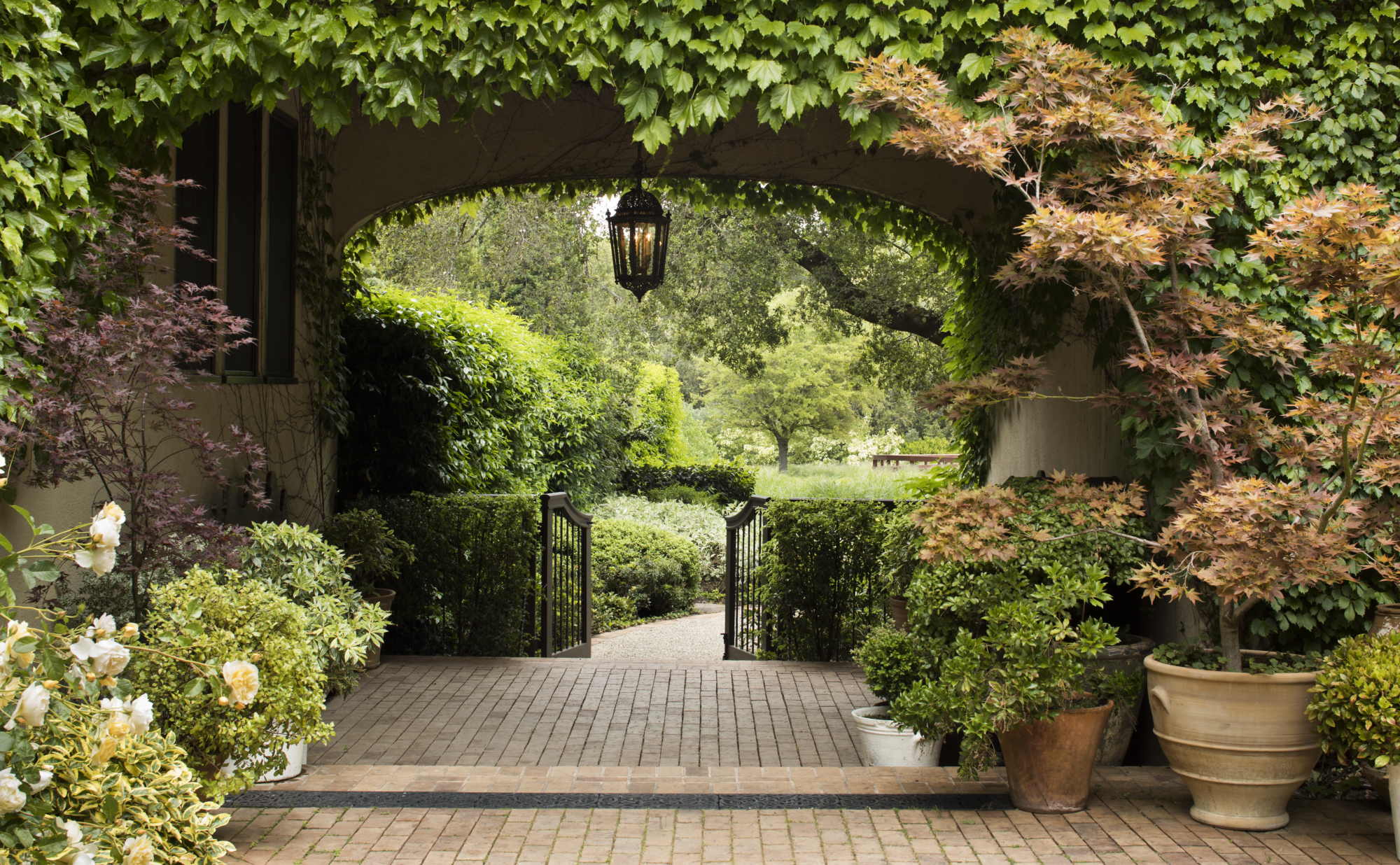Schist is medium grade metamorphic rock, formed by the metamorphosis of mudstone / shale, or some types of igneous rock, to a higher degree than slate, i.e. it has been subjected to higher temperatures and pressures. The resulting foliation is coarser and more distinct than that of slate due to the higher degree of crystallization of mica minerals (biotite, chlorite, muscovite) forming larger crystals, and is often referred to as schistosity. These larger crystals reflect light so that schist often has a high luster, i.e. it is shiny. Porphyroblasts are common in schist, and they provide information on the temperature and pressure conditions under which the rock formed. Due to the more extreme formation conditions, schist often shows complex folding patterns. There are many varieties of schist and they are named for the dominant mineral comprising the rock, e.g. mica schist, green schist (green because of high chlorite content), garnet, schist etc.
Schist is foliated and fine to medium grained. It is generally hard and feels fairly smooth to the touch. Colors are variable and often alternate between shiny lighter and darker bands.
Schist is an attractive stone but not very strong. It can be used for paving and is also used as a decorative rock for walls and gardens.
Photos:
